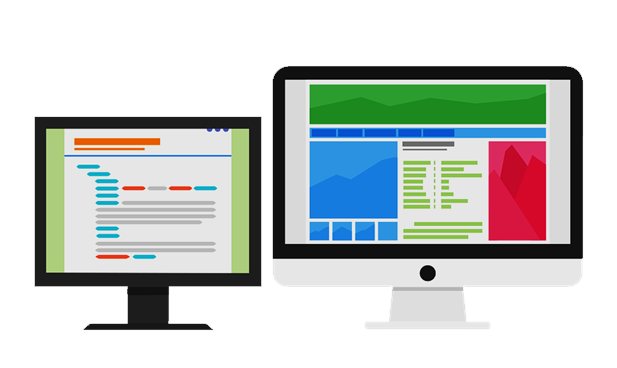How Often Should I Redesign My Website?

How Often Should I Redesign My Website?
Introduction
As the online landscape continues to evolve rapidly, it’s important for businesses to stay up to date with their digital presence and or business competitors.
One crucial aspect of maintaining an effective online presence is the regular evaluation and redesign of your website where required.
In this article, we will explore the question that many website owners ponder: How often should I redesign my website?
We will discuss why you would need to redesign and what factors are likely to need to be redesigned.
So introduction over lets get into it.

Understanding the Purpose of Website Redesign
Before diving into the ideal frequency of website redesigns, it is essential to grasp the purpose behind it. Website redesigns are not simply about changing the aesthetics or adding new features. The primary objective is to enhance user experience, improve search engine visibility, and align the website with your evolving business goals.
Factors to Consider
Several factors determine how often you should redesign your website. Let’s explore them in detail:
1. Business Goals and Strategy
Your website should reflect your current business goals and strategy. If you’ve recently shifted your focus or expanded your offerings, it might be time for a redesign. Aligning your website with your business objectives ensures a cohesive and effective online presence.
2. Technological Advancements
Technology evolves at a rapid pace, and your website needs to keep up. Regularly updating your website’s backend systems and adopting new technologies can enhance its performance, speed, and security. Staying current with the latest web development practices can also improve your search engine rankings.
3. Design Trends
Web design trends change over time. If your website looks outdated compared to your competitors, it might be time for a redesign. A modern and visually appealing website can create a positive impression on visitors and increase engagement.
4. User Experience
The user experience (UX) is a critical aspect of a successful website. If your website is difficult to navigate or does not provide a seamless experience across devices, it may deter users from engaging with your content or making purchases. Regularly assessing and improving the UX can lead to higher conversions and customer satisfaction.
5. SEO Considerations
Search engine optimization (SEO) plays a crucial role in driving organic traffic to your website. Regularly updating and optimizing your website’s structure, content, and meta tags can help improve its visibility in search engine results pages. Staying on top of SEO best practices is essential for maintaining a competitive edge.
6. Analytics and Performance Metrics
Monitoring your website’s analytics and performance metrics can provide valuable insights into its effectiveness. If you notice a decline in traffic, high bounce rates, or low conversion rates, it may indicate the need for a redesign. Regularly analyzing these metrics can help identify areas for improvement and guide your website redesign efforts.
Ideal Frequency for Website Redesigns
While there is no one-size-fits-all answer to how often you should redesign your website, a general guideline is to consider a redesign every 2 to 3 years. This timeframe allows for keeping up with technological advancements, design trends, and evolving business goals.
However, it is crucial to regularly evaluate the factors mentioned above to determine if your website needs immediate attention or if it can continue to perform effectively for a longer period. Your website should be treated as an ongoing project, requiring constant monitoring and optimization.
Conclusion
In the ever-changing digital landscape, it is imperative to stay proactive and regularly evaluate the need for website redesign. By aligning your website with your business goals, keeping up with technological advancements, and prioritizing user experience and SEO, you can ensure that your website remains effective and competitive. Remember, the key to a successful website is to view it as a continuous work in progress, rather than a one-time project.

I am a self-motivated, passionate website designer and developer. I have over ten years of experience in building websites and have developed a broad skill set including web design, frontend and backend development, and SEO.
Using my growing knowledge base I have built my own company (scriptedart.co.uk) creating websites, e-commerce stores and producing custom graphics and web app functionality for a range of local businesses.

